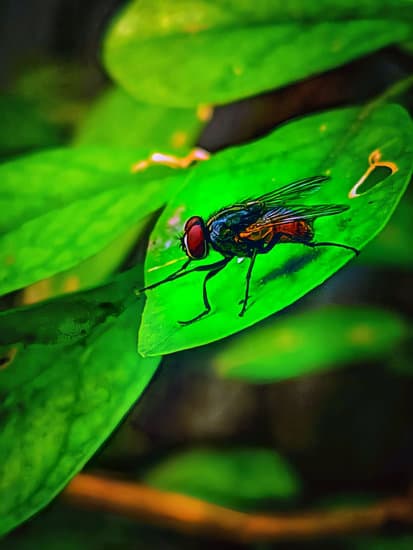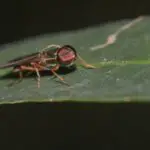How Do Flies Take Off?
Flies have built-in advantages. Rather than swatting them away, they should be left alone. In fact, leaving them alone can improve their chances of survival, says professor Michael Dickinson of California Institute of Technology in Pasadena. Besides, flies have the same rights as other animals.
For instance, when they sense a predator, flies can alter their direction within a tenth of a second. These perfectly timed wing flaps help them get away from their predators. This adaptation makes flies very fast. It is one of the many reasons flies are such fast-flying creatures.
To better understand how flies take off, researchers at CNRS, the National Center for Scientific Research, have examined the movements of flies. They have discovered that flies turn their bodies before their heads to stabilize themselves. This happens within six wing beats – that’s about 30 revolutions per second – and that the turn of the head occurs 0.016 seconds after the body has turned.
The mechanism by which flies take off differs for different species. Insects have many sensors on their bodies and wings. These sensory signals are interpreted by the brain, which regulates muscle function and behaviors necessary for survival. The scientists used a high-speed camera to film tethered flies to see how they react to different visual cues.








